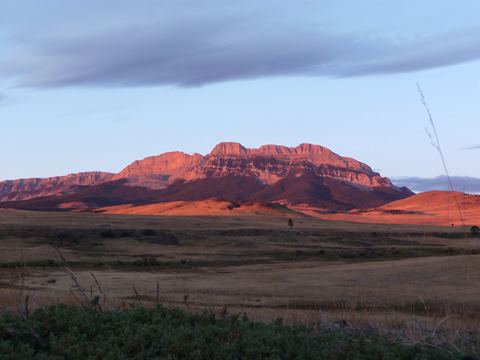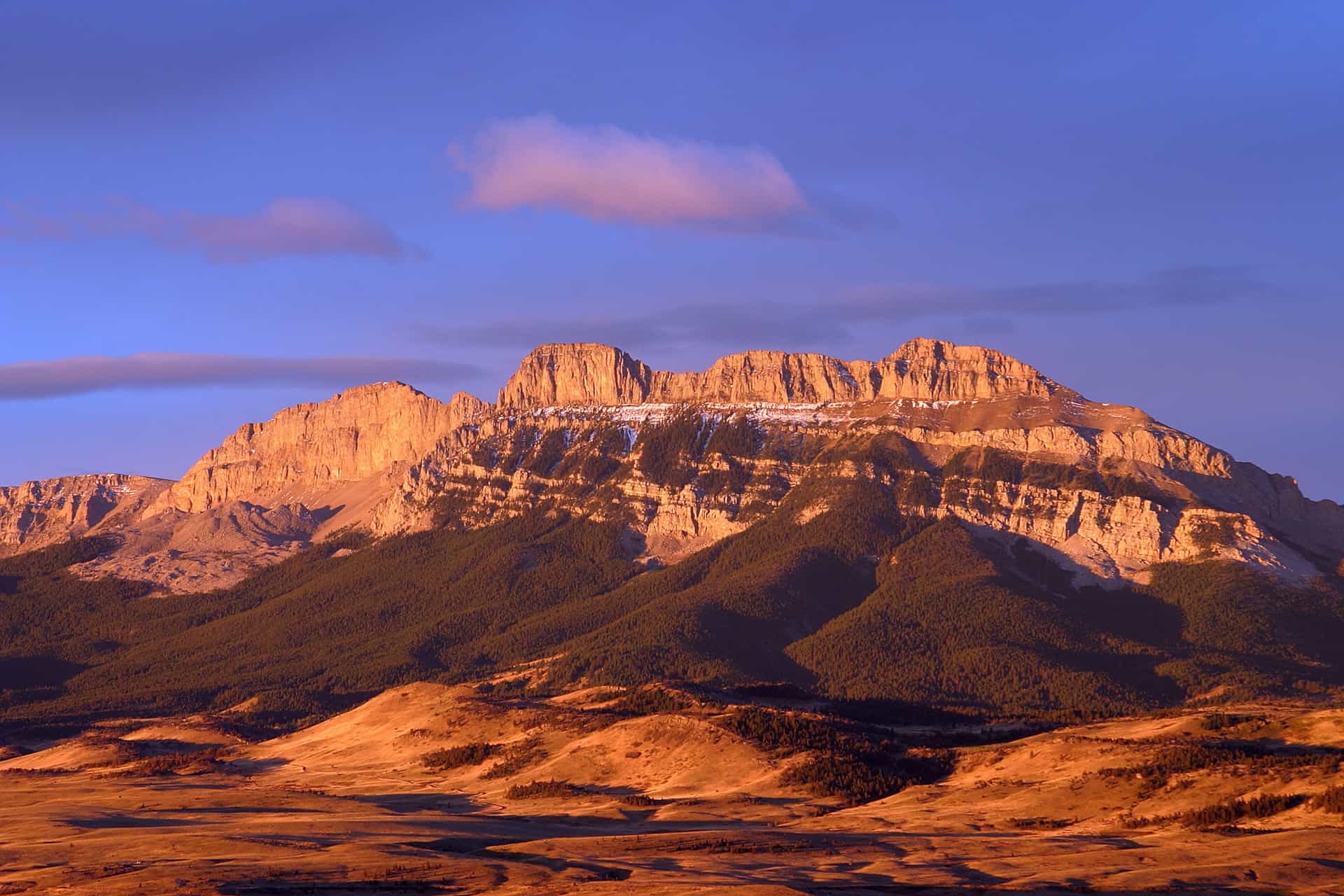While some of us were vacationing, the alert Charles Pekow published this.
From the Federal Register Notice here.
In accordance with the provisions of the Federal Advisory Committee
Act (FACA), as amended (5 U.S.C. App. 2) and with the concurrence of
the General Services Administration (GSA), the Secretary of Agriculture
intends to establish the National Advisory Committee for Implementation
of the National Forest System Land Management Planning Rule. The
Committee will be a discretionary advisory committee. The Committee
will operate under the provisions of FACA and will report to the
Secretary of Agriculture through the Chief of the Forest Service.
The purpose of the Committee is to provide advice and
recommendations on implementation of the planning rule. The Committee
will be asked to perform the following duties or other requests made by
the Secretary of Agriculture or the Chief of the Forest Service:
1. Review the content of and provide recommendations on directives
related to implementation of the planning rule;
2. Offer recommendations on implementation of the planning rule,
based on lessons learned and best practices from on-going or completed
assessments, revisions, and monitoring strategies;
3. Offer recommendations on new best practices that could be
implemented based on lessons learned;
4. Offer recommendations for consistent interpretation of the rule
where ambiguities cause difficulty in implementation of the rule;
5. Offer recommendations for effective ongoing monitoring and
evaluation, including broadscale monitoring, for implementation of the
planning rule;
6. Offer recommendations on how to foster an effective ongoing
collaborative framework to ensure engagement of Federal, State, local
and Tribal governments; private organizations and affected interests;
the scientific community; and other stakeholders; and
7. Offer recommendations for integrating the land management
planning process with landscape scale restoration activities through
implementation of the planning rule.Advisory Committee Organization
This Committee will be comprised of not more than 21 members who
provide balanced and broad representation within each of the following
three categories of interests:
1. Up to 7 members who represent one or more of the following:
a. Represent the affected public at-large
b. Hold State-elected office (or designee)
c. Hold county or local elected office
d. Represent American Indian Tribes
e. Represent Youth
2. Up to 7 members who represent one or more of the following:
a. National, regional, or local environmental organizations
b. Conservation organizations or watershed associations
c. Dispersed recreation interests
d. Archaeological or historical interests
e. Scientific Community
3. Up to 7 members who represent one or more of the following:
a. Timber Industry
b. Grazing or other land use permit holders or other private forest
landowners
c. Energy and mineral development
d. Commercial or recreational hunting and fishing interests
e. Developed outdoor recreation, off-highway vehicle users, or
commercial recreation interests
No individual who is currently registered as a Federal lobbyist is
elegible to serve as a member of the Committee.
The Committee will meet three to four times annually or as often as
necessary and at such times as designated by the Designated Federal
Official (DFO).
The appointment of members to the Committee will be made by the
Secretary of Agriculture. Any individual or organization may nominate
one or more qualified persons to serve on the National Advisory
Committee for Implementation of the Planning Rule. Individuals may also
nominate themselves. To be considered for membership, nominees must
submit a:
1. Resume describing qualifications for membership to the
Committee;
2. Cover letter with a rationale for serving on the committee and
what you can contribute; and
3. Complete form AD-755, Advisory Committee Membership Background
Information.
Letters of recommendation are welcome. The form AD-755 may be
obtained from Forest Service contact person or from the following Web
site: http://www.fs.usda.gov/Internet/









